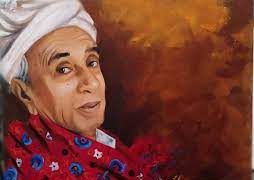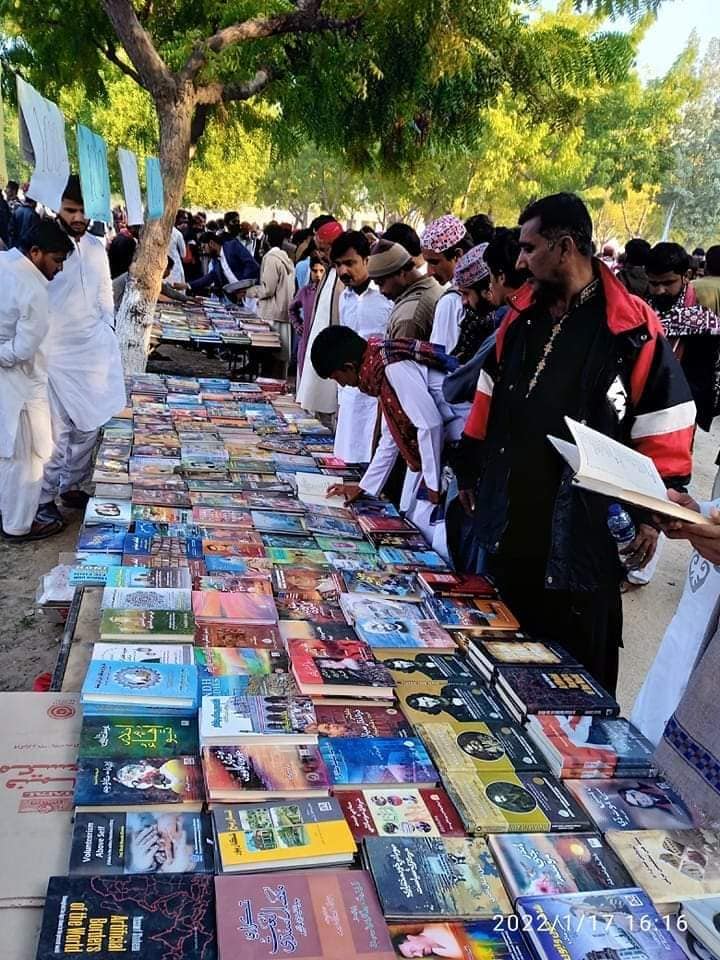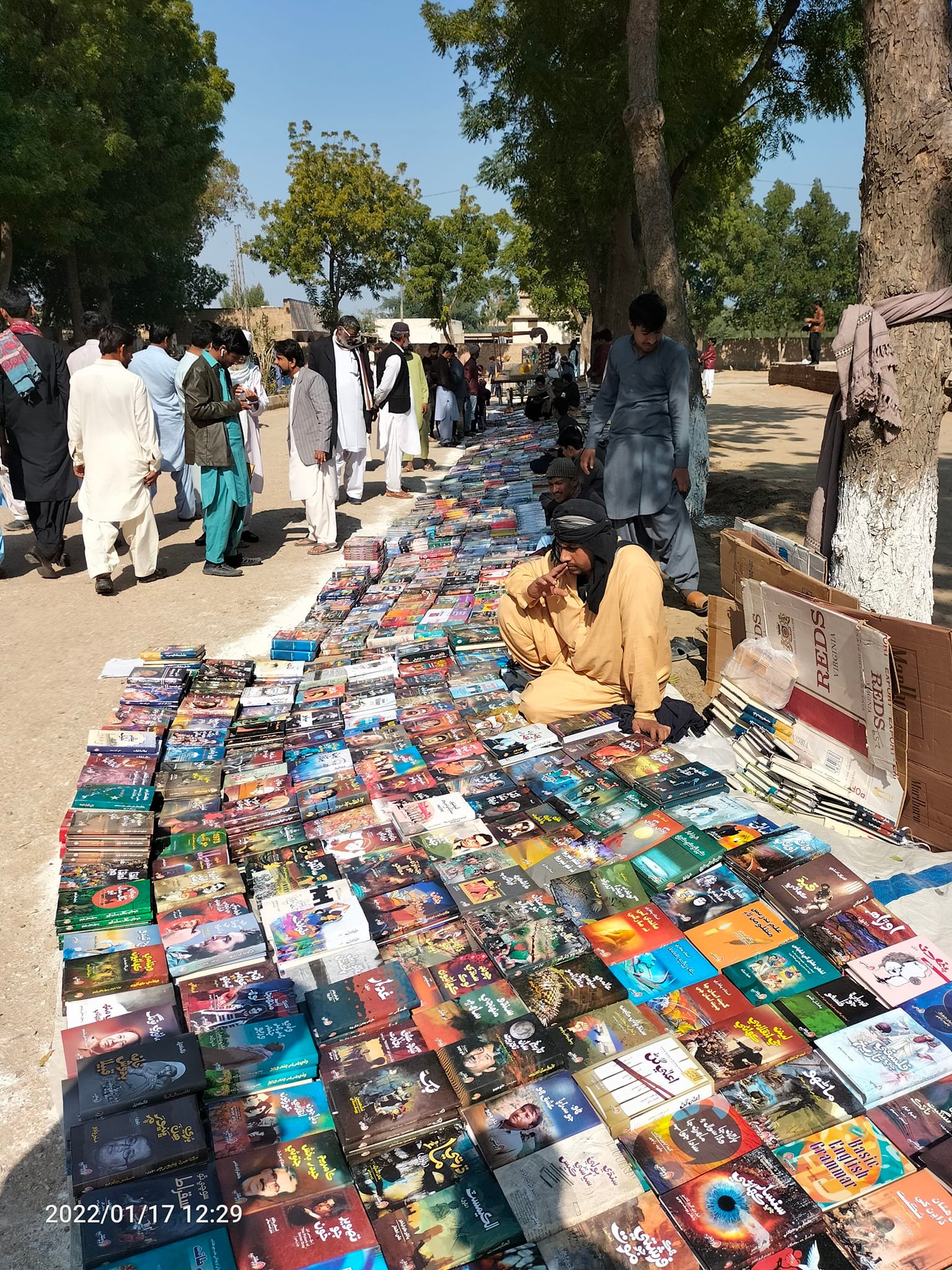
Ban imposed by Sindh Govt. fired back and a campaign initiated – ‘let us go to Sann’, ‘Stop, if you can.’ Perhaps, the state violence and parties’ dying political cultures have pushed the youth to carve out their own path.
Dr. Zaffar Junejo
What should be the title of this article? I thought for a while. Immediately, two names came into my mind. One was ‘Weapons of the Weak: Everyday Forms of Peasant Resistance’ authored by anthropologist James C. Scott, and second book was Kevin Grant’s ‘Last Weapons: Hunger Strikes and Fasts in the British Empire, 1890–1948.’ Although, both works portray different contexts, and texts, and apparently none of them have apparent relation to the present article. But, deep down there is message in both books ‘weak choose their own ways to resist the power’. This article also discussed how Sindhi youth has challenged power by choosing books over the state – sponsored ventures: violence, fundamentalism, crime, anti-women attitudes.
One week before 17th January, 2022, I attended a book launch event in Hyderabad. A considerable number of people reached in time, but organizer apologized with an announcement that event would be started a bit late. However, he compensated the attendees with a cup of tea. Soon, gathering divided into small groups. I also joined one group – it was of publishers. The common topic of their conversation was upcoming titles on Saeen GM Syed’s birthday. First, they discussed about their own titles, second they spoke about titles of those publishers, who were not present, and finally wondered that on the occasion they might encounter a new publisher. The organizer’s announcement reassembled the groups in a gathering.

On 16th January, 2022 the Sindh Government (Hyderabad Commissioner and District Jamshoro) issued a notice. It stated that the competent authority has imposed Section 144 Criminal Procedure Code (with specific geographical focus), and with apprehension that some anti-state people would attend the event. However, other stated reason was COVID-19. It might be a valid reason, but the Sindh Government’s own full-scaled public gatherings have shown that spread of the virus was least concern for it. Simply, imposition of Section 144 was a political decision with an intention to disturb the gathering at Sann town. The notice worried me that it would surely discourage participation. If it happens so, then publishers, who have already invested would bear the loss.
I continued aimless scrolling of Facebook pages, and bumped into a post. It read:
روڪ جي روڪي سگهين
(Stop, if you can)
I noticed that within a short time, it became a frequent message. It seemed that the Government’s notice has fired back. It reminded me historian Professor Shahid Amin’s words that ‘oppressor and oppressed interpret the same order differently’. He elaborated that in Chura Churi village incident (India), the police officer’s ‘fire in the air’ was an intended message to the crowd: ‘stop, don’t move forward’. But protestors took it a challenge and their leaders interpreted: ‘don’t stop, move forward’. Likewise, Sindh Government’s notice, imposing ban on gathering in Sann, also fired back and a campaign initiated – ‘let us go to Sann’, ‘Stop, if you can.’ Meanwhile, Syed Zain Shah’s open invitation also acted as a magic wand, and people poured in from various villages and towns of Sindh. On late hours of that day, I checked campaign with the filtered words ‘GM Syed + 17 January 2022 + Sann’ on social media. I was surprised that a total number of traffic bearing these words was more than six digits. This data gave me a confidence that publishers wouldn’t bear the loss.
Professor Mushtaq Mirani, Professor Dr. Badar Soomro, Muban Mangrio and I went to Sann. On the way, we discussed the possible consequence of the Sindh Government’s notification. However, we differed from each other regarding expected size of the gathering. We went to the Sindh United Party’s gathering. We found the hall was full, and none of the chairs were lying vacant. Like, previous year, this year’s event was also well-organized, disciplined and coordinated. Afterwards, we went to Saeen GM Syed’s grave, where we noticed whole graveyard looking like a Book Bazaar.
I found book stalls of some famous publishers – Roshini, Peacock, Kavita, Sindhi Sahat Ghar, Danyal, Elsa, and Fiction House. I also saw some stalls without names, and some were new to me. The case in point was Sindh Students Council’s bookstall. The council’s two books: ‘Chichrial Lash (novel in Sindhi) and translation of Wali Khan’s book ‘Facts Are Facts: The Untold Story of India’s Partition’ sold like a hotcake. The number of stalls was around thirty. An individual purchase at least four books. Roughly, it could be calculated that total sale might be around Rs.1,000,000/-

I also observed that the number of parked cars and vans have outnumbered busses and wagons. I recall that till 1990s, the majority was of buses. These buses always showed banners, mentioning their respective units and locations – Jeay Sindh Mahaz (Dadu), Jeay Sindh Students’ Federation (Govt. Degree College, Larkana) and Sindhi Porhiyat Sangat (Pakistan Steel, Karachi). Another welcoming change was presence of women and young girls. Considerable number of attendees also came with their families. My friend Muban Mangrio enquired one of that attendee, who told us that his whole family – wife, sons, daughters-in-law, daughters, and sons-in-law are there to attend the event. I also met an old man, who was in his late 60s. I enquired from him, ‘what has compelled him to be here?’ He looked at me with a perplexed gaze. Perhaps, ‘he thought that I have asked him an absurd question’, or ‘he assumed that I should know the reason’ or ‘he was pondering, if not here, then where should he be?’
Immediately, he conquered his confusion and with zeal and determination of 1980s, said in one go that his presence is a message to the power: ‘I haven’t surrendered,’ I reject the feudalism’ I denounce orthodox ideas’ and ‘I haven’t left the battle.’ He ended his utterance, and with a same tone enquired from me that whether ‘I have I got the answer of his presence at Saan’. I nodded, ‘yes, I have fully understood it’.
I pondered on some other questions: who are these readers? Why they are buying books. I interviewed some of them. It helped me to prepare their profiles: Most of them were from the lower strata of the middle class; they were educated in government schools, and their medium of instruction was Sindhi. The majority of them were considerably clear on basic political terminology, and political structure of Pakistan. The encouraging aspect of this ‘book- people’ was that all of them were young, and under 25 years. Interestingly, all of them seemed, ‘non-conformist’.
None of them helped me to understand the reasons of their readings. However, I inferred from their indirect conversation that perhaps, the states’ violence and parties’ dying political cultures have pushed them to carve out their own path. No doubt some of them would be ‘book-bosoms’, ‘bookarazzi’, and ‘Tsundoku’. But book reading culture would surely compel the majority to act rationally. However, hawks may consider them merely savant, intellectual or scholar type. Or macho men and adventurists due to their reading habit label them ‘womanish-styled-politicians’. But, it is assured that these young readers are on the right path, and reading would help them to explore un-tested realities in Sindh’s politics.
_____________________
About the Author
 Dr. Zaffar Junejo has a Ph.D. in History from the University of Malaya. He is freelance writer and his areas of interest are post-colonial history, social history and peasants’ history.
Dr. Zaffar Junejo has a Ph.D. in History from the University of Malaya. He is freelance writer and his areas of interest are post-colonial history, social history and peasants’ history.